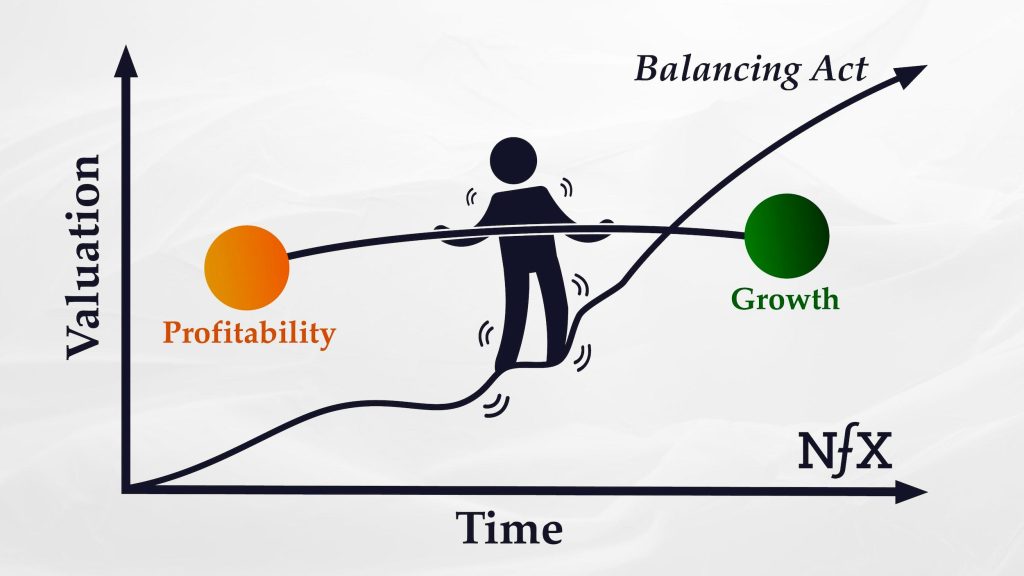
In recent years, the role of business has expanded beyond profitability alone. Many companies are embracing social impact as a key part of their mission. This shift reflects a broader recognition of the positive influence businesses can have on society, from reducing environmental footprints to supporting local communities. For business leaders like Michael Shvartsman, balancing profitability with social impact requires strategic foresight, an understanding of community needs, and a willingness to invest in sustainable practices.
- Why Social Impact Matters in Business Today
Customers and investors alike are looking at businesses through a lens that includes more than just their products or services. Many are now evaluating companies based on their contributions to society. Michael Shvartsman observes that businesses have a growing responsibility to engage with their communities and the environment, stating, “Social impact isn’t separate from business; it’s a part of being a responsible player in today’s world.” This shift reflects a more comprehensive approach to success, one that prioritizes long-term impact over short-term gains.
For many, social responsibility translates to supporting causes that align with the business’s core values. This can involve:
- reducing environmental footprints,
- prioritizing ethical supply chains,
- investing in community-based projects.
By doing so, companies create value that goes beyond profits, building a legacy that positively influences both their brand and society.
- Integrating Social Goals Without Sacrificing Profit
While focusing on social responsibility is widely appreciated, businesses face challenges when balancing these efforts with the need to remain financially successful. Michael Shvartsman stresses that this balance can be achieved by aligning social impact with the company’s mission and values. “By integrating social goals directly into the business model, companies can pursue both profit and impact without feeling they’re compromising one for the other,” he says.
A great way to achieve this balance is by considering environmental and social impact alongside financial objectives during strategic planning. Businesses can, for example, implement energy-efficient technologies that reduce costs over time, while also benefiting the environment. Similarly, fair labor practices can lead to higher employee morale, lower turnover, and improved productivity, ultimately benefiting the bottom line.
- Aligning Impact Initiatives with Core Business Goals
For many companies, one of the most effective ways to balance profitability and social impact is to identify initiatives that complement their primary business operations. For instance, a company in the food industry might focus on sustainable sourcing or supporting hunger relief programs. Similarly, a technology firm could work on bridging digital divides by providing access to underserved communities.
Michael Shvartsman notes that aligning impact initiatives with business objectives doesn’t dilute the company’s social efforts; rather, it strengthens both pursuits. “The closer the fit between social impact initiatives and the core business, the more meaningful the outcomes,” he says. When employees, partners, and customers see the connection between what a business does and what it supports, they are more likely to engage actively with both.
- The Long-Term Benefits of Balancing Profit and Purpose
Balancing profit with purpose often yields lasting benefits. Studies show that socially conscious companies enjoy greater customer loyalty and employee satisfaction, which lead to lower turnover and higher productivity. Michael Shvartsman believes these benefits shouldn’t be overlooked, adding that “a workforce that feels proud of its company’s impact is a workforce that cares more deeply about its success.” Socially conscious businesses are likely to be viewed more positively by customers and investors, further enhancing their reputation and market position.

Furthermore, companies that invest in social impact often experience resilience during economic downturns. Customers are more likely to stay loyal to brands they view as responsible, helping to stabilize revenues even when consumer spending tightens. For Michael Shvartsman, this makes balancing profitability and social impact a sound strategy, providing both a safety net and a stronger brand identity.
